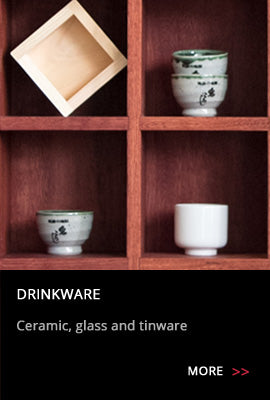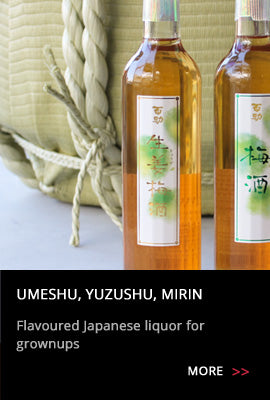| toji | Head brewer and head of staff |
| jizake | Local sake made by microbreweries |
| junmai | Pure rice sake made from rice, koji, yeast and water, with no added brewer's alcohol. |
| daiginjo | The most expensive sake due to the highest degree of milling and lowest seimaibuai (at most 50%). Often soft, elegant and refined in flavour and aromatic. If you see the word Junmai in front of Daiginjo it means there is no added brewer’s alcohol. |
| ginjo | Sake with a seimaibuai limit of 60%. Generally light and fragrant. |
| honjozo | Sake with a max seimaibuai of 70% and usually with brewer’s alcohol added. Generally light, smooth and easy drinking. |
| futsushu | Regular Japanese table sake. Approx 80% of sake in Japan sold is futsushu. You can get both fantastic as well as cheap and nasty futsushu. |
| kura | Brewery |
| kurabito | Brewery staff |
| nama | Raw, unpasteurised |
| namazake | Unpasteurised sake |
| namasake | Unpasteurised sake (same as namazake) |
| karakuchi | Dry |
| amakuchi | Sweet |
| muroka | Unfiltered |
| genshu | Undiluted (cask strength) |
| nihonshu | Sake |
| nihonshudo | SMV or sake meter value |
| koji | Malted rice (rice with koji mold) |
| sando | Acidity level |
| seimaibuai | % of rice grain left after milling. Noted as "rice polishing rate" on our sake specs. |
| shinpaku | Core of the rice - white opaque starch centre |
| taru | Cedar barrels |





